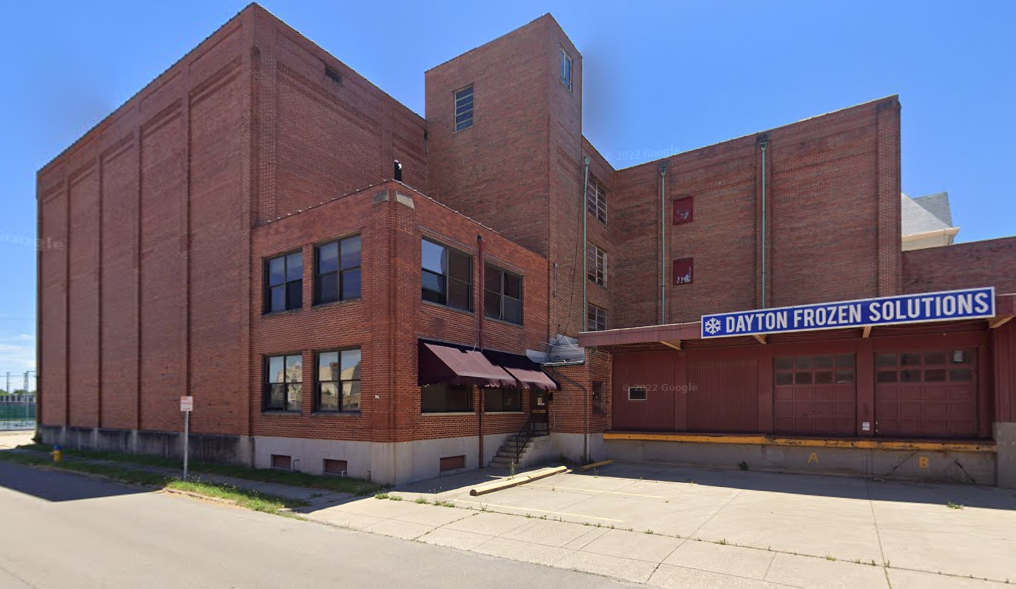
An industrial building complex dating to the 1920s near the edge of downtown is set to be demolished to support the future expansion of Chaminade Julienne Catholic High School’s campus.
The school calls it a “reimagining” of its campus meant to center around Emmanuel Catholic Church as a focal point, and also connect to other educational institutions nearby such as Sinclair Community College.
The school said that “in its current form (the building) is not suitable for renovation.”
Just a few years ago, however, it was a hub of activity and a rare example of a Dayton industrial site that was still operating in its original industry after nearly a century, having been founded as a cold storage company in 1921.
As of 2018, the Eaker Street property was a “a busy refrigerated and frozen storage business” known as Dayton Frozen Solutions. The company provided cold storage for a wide variety of items, “from Bob Evans and Sara Lee products to a type of cow mucus product used in zoos for helping feed baby animals.” The craft beer boom also brought in new customers seeking storage options.
A profile in the Dayton Daily News quoted company owner Chad Diggs as saying that the building “might not be the face of downtown Dayton, but the small industrial businesses that line the city’s core really are the backbone. There’s a lot of industry on the other side of the train tracks.”
Dayton Frozen Solutions was also a certified minority-owned business, having been purchased by an investment group led by Diggs in 2016.
Now one of the last vestiges of industry in this part of town will be no more, making more complete the transformation of the area over the past century.
The property used to be just across the railroad tracks from Union Station, an ideal location for a variety of industrial firms. Old maps show multiple machine shops on Eaker Street, including the Standard Thompson Corp, as well as an awning factory. There were also many residences in the area, many of which were themselves demolished for new factory buildings, as well as hotels to cater to train passengers.
History of the Terminal Cold Storage and Ice Co in Dayton
The “ice house” business was originally known as Terminal Cold Storage. In 1921, an article in the Dayton Daily News announced that a modern cold storage and refrigeration business would be built on Eaker St, which would “give to Dayton facilities for the preservation of foodstuffs not now available closer than Cincinnati, and give the city the position in this respect to which it is entitled.”
W. J. Fitzpatrick led the financing for the plan and the officers of the newly incorporated Terminal Cold Storage and Ice company were food industry executives, including Henry Brenner, president of the B and C Baking company, and Albert Focke, president of the Dayton Butterine Sales company.
The first building, encompassing the power house and ice plant, was constructed in 1922-23. The cold storage warehouse unit soon followed, a $40,000 addition, as well as another addition in 1927.
The company experienced “instantaneous success, due to the fact that the 60 tons daily ice capacity of the first building made it possible for individual dealers to carry on an ice business during the entire season, and to promptly deliver, each day, all the needed ice to customers without a shortage even in the days of former ice-shortages” which occurred during the hot summer months. By the 1930s and 40s, ice became a less important part of the business due to the advent of frozen foods.
As with many industrial complexes in Dayton and beyond, what we see today is a combination of multiple buildings and additions that were completed at different times. By 1945, there had already been seven additions to the plant.
And the oldest building remaining on the current site sits at 66 Eaker Street, which was built in 1912. This of course predates the cold storage company, and was first used as an auto repair shop and tire storage warehouse, and later by the Furne Warehouse Company.
A more significant addition to the Terminal Cold Storage plant was built in 1946, a 4-story “mammoth food freezer unit” that could freeze about 10,000 pounds of poultry, meat, or vegetables at 20-30 degrees below zero in 12 to 24 hours. This is the part of the complex that sticks out closest to the back of Emmanuel Church.
As of 1947, the company’s 25-year anniversary, its facility made 120 tons of ice daily and had a storage capacity of 867,000 cubic feet. As refrigerators became more common in households, the company stopped making ice entirely in 1966. That same year, the company sold for $1 million to a group headed by Michael Macguire, owner of the Stockyards Inn.
Over the years, the plant remained a mainstay of this bustling industrial corner of downtown. One columnist reflected on the view from the now-lost Union Station: “The panorama from the breezy cement platform certainly is not pastoral: white smoke billowing from chimney stacks, bridges spanning the Miami River, the side of the Terminal Cold Storage and Ice Company. Yet somehow it’s wonderfully peaceful beside the tracks.”
Even the CJ press release announcing its demolition refers to it as “an iconic landmark known fondly by many decades of alumni and the Dayton community as “The Ice House.”
It’s unclear when Dayton Frozen Solutions ceased operations, but the seller in the transaction to CJ was Diggs. The Catholic high school’s master plan calls for expansion of its campus wherever it can, and previous acquisitions include the former “Taj Ma Garaj” building at 300 S. Perry St.
Now the school is working to secure funds for the demolition of this remnant of a bygone era.
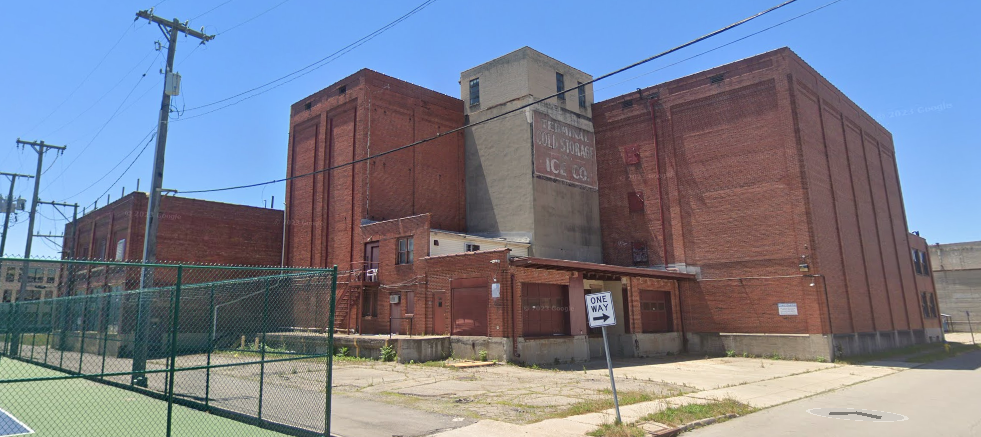

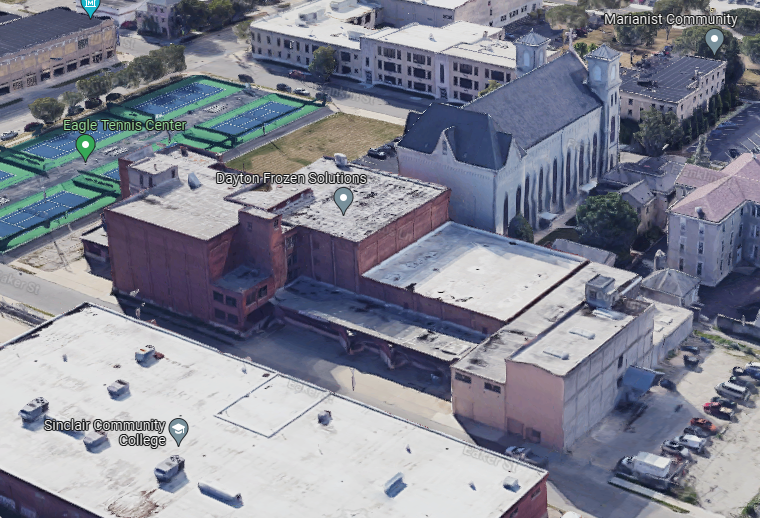
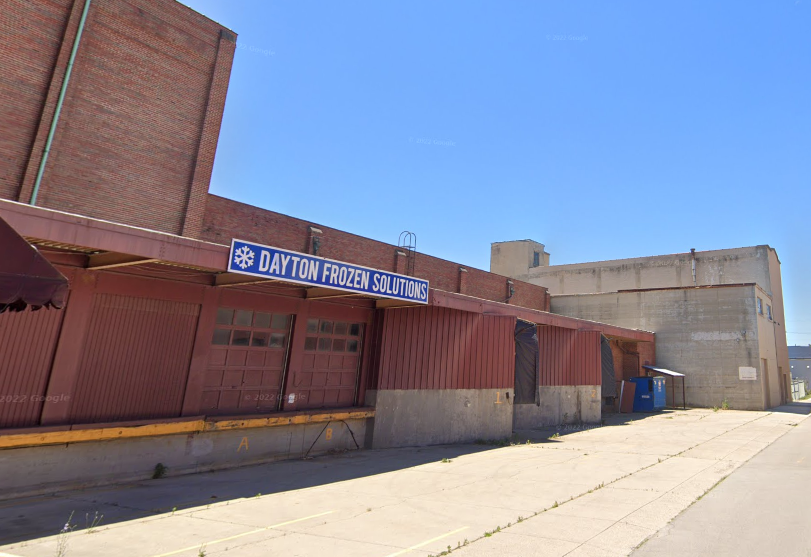
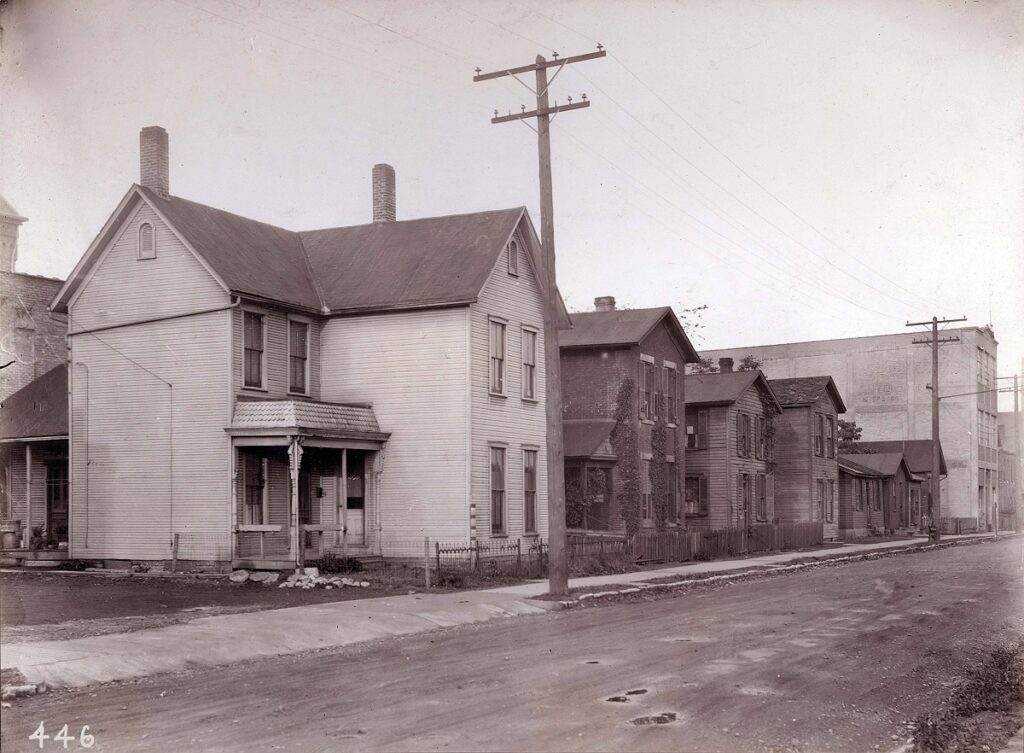
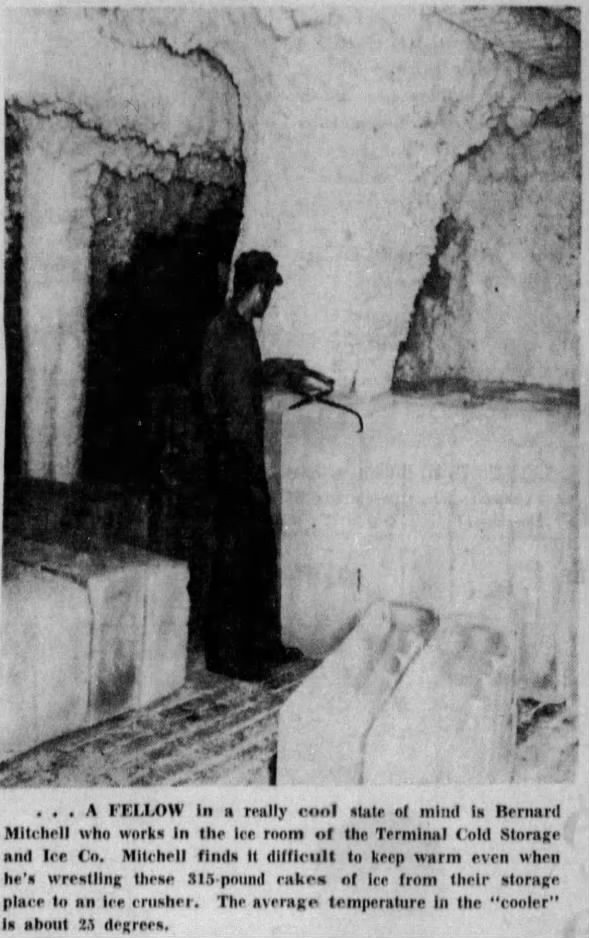
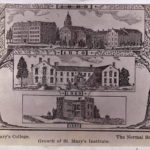
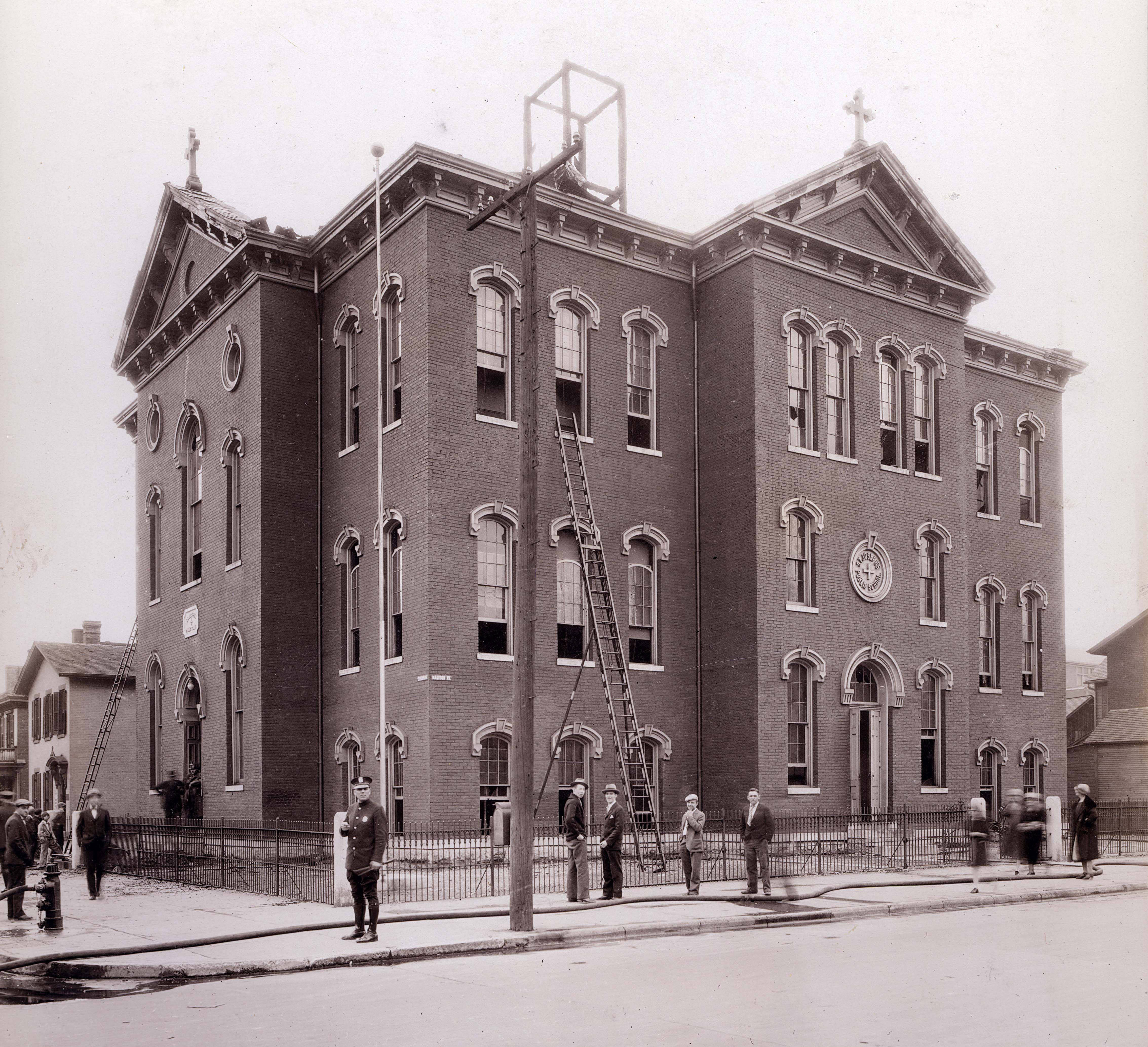
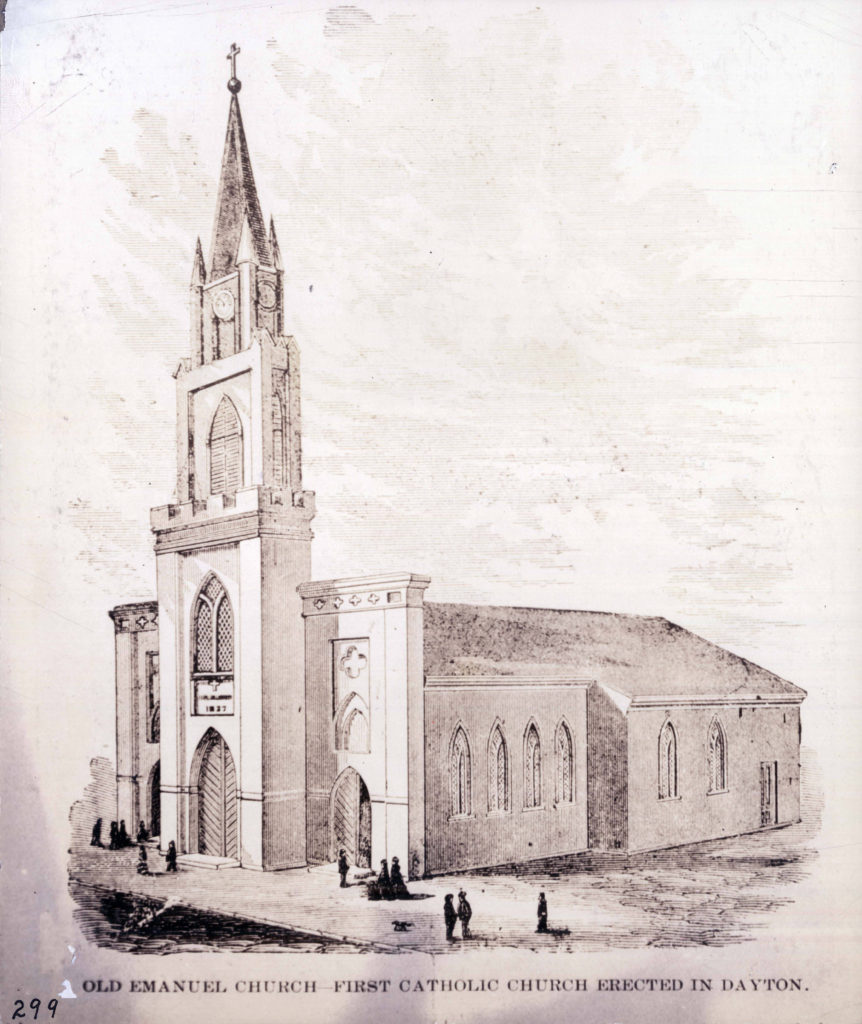
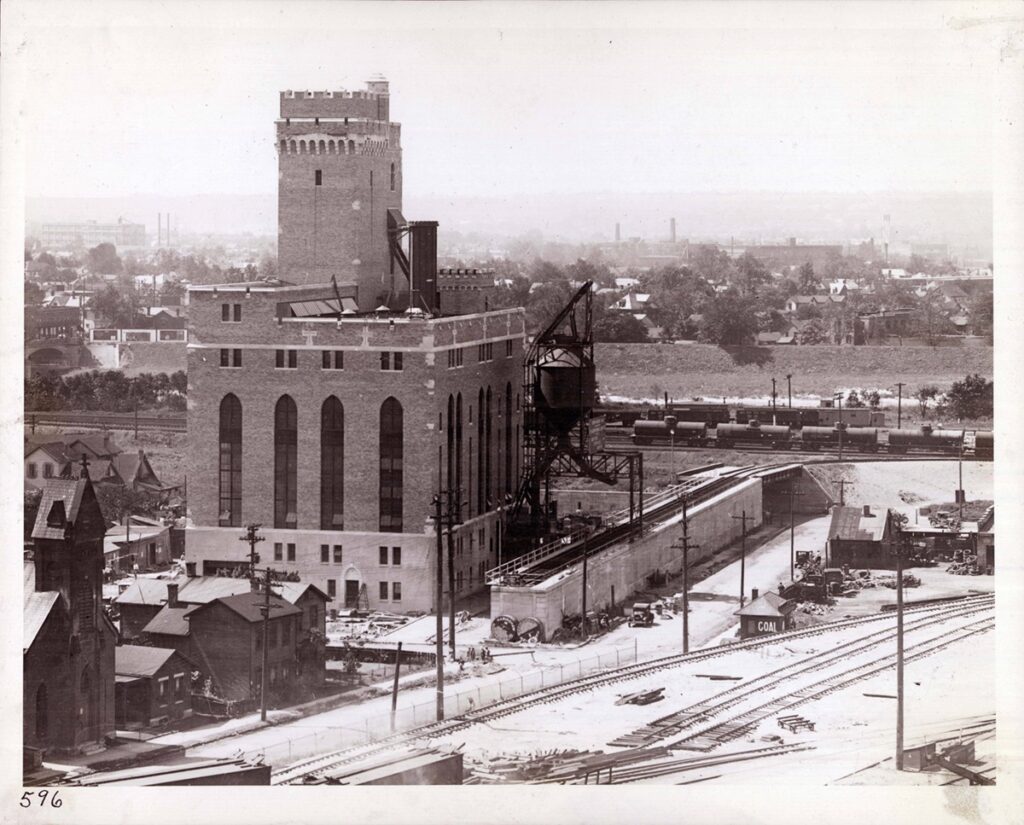
Leave a Reply